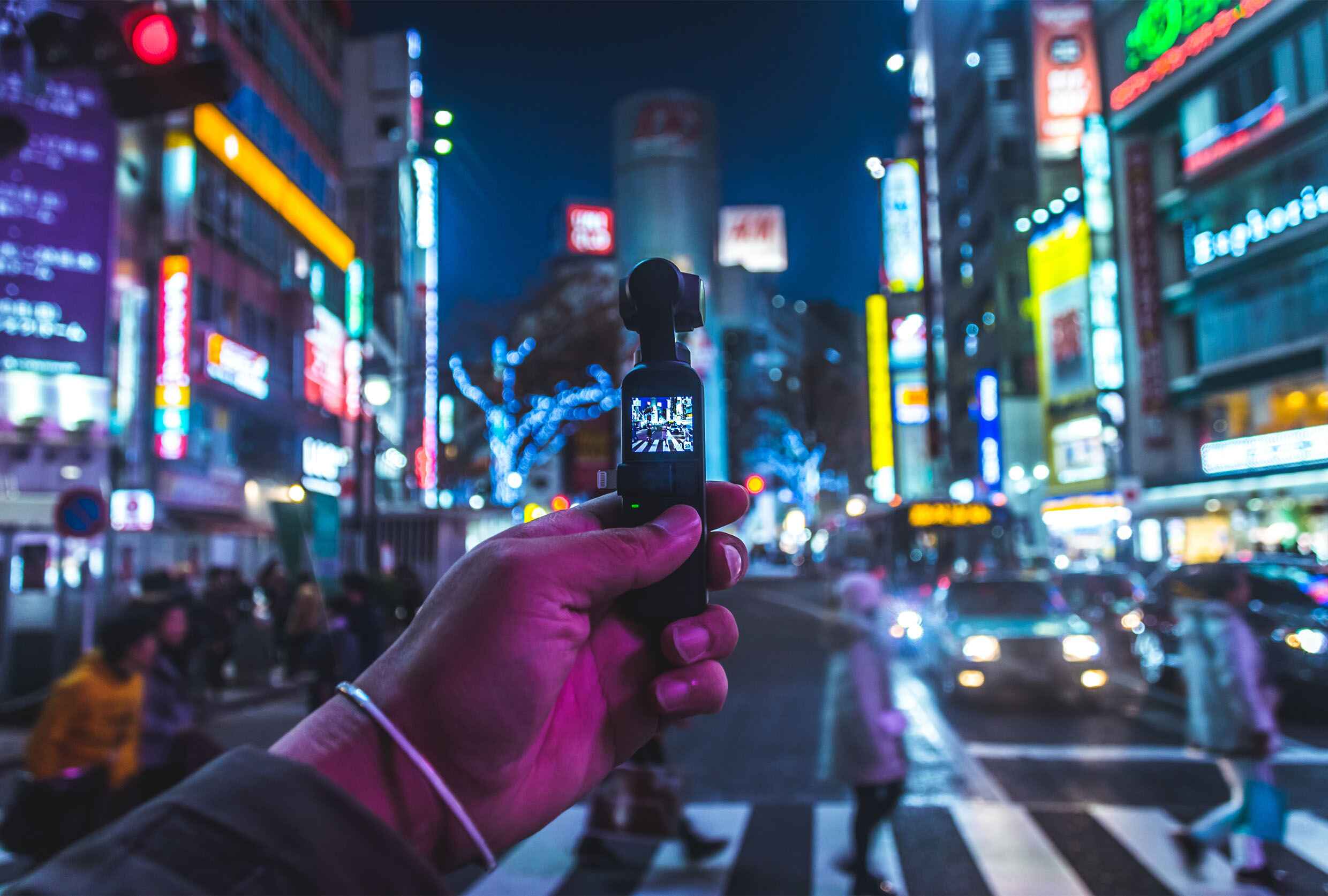
Artificial Intelligence: Applications and Ethical Considerations
Details
Introduction
Artificial Intelligence (AI) is no longer confined to the realms of science fiction; it's rapidly becoming an integral part of our daily lives. From virtual personal assistants like Siri and Alexa to self-driving cars and recommendation algorithms on streaming platforms, AI is transforming the way we live, work, and interact with the world around us. However, as AI technology continues to advance, it brings with it a host of ethical considerations that cannot be ignored. In this blog post, we will explore the myriad applications of AI and delve into the ethical concerns that surround its deployment.
I. AI Applications
1. Healthcare
AI has made significant inroads in the field of healthcare. Machine learning algorithms can analyze vast amounts of medical data, aiding in diagnosis, treatment planning, and drug discovery. For instance, IBM's Watson can sift through thousands of medical records and scientific literature to help doctors make more accurate diagnoses. Additionally, robots powered by AI can perform surgeries with precision, reducing the risk of human error.
Ethical Consideration: Patient Privacy - The use of AI in healthcare raises concerns about patient data privacy. How can we ensure that sensitive medical information is protected and not misused?
2. Autonomous Vehicles
Self-driving cars are poised to revolutionize the automotive industry. AI algorithms process data from sensors and cameras to navigate and make driving decisions, potentially reducing accidents caused by human error.
Ethical Consideration: Liability - When accidents involving autonomous vehicles occur, determining liability can be challenging. Is it the responsibility of the car's owner, the manufacturer, or the AI system itself?
3. Education
AI-powered educational tools can provide personalized learning experiences, adapt to individual student needs, and assist teachers in tracking student progress.
Ethical Consideration: Data Security - How can we protect the data collected on students by AI systems to prevent misuse or breaches?
4. Finance
In the financial sector, AI algorithms analyze market trends, detect fraudulent activities, and provide investment recommendations. High-frequency trading algorithms can execute trades faster and more efficiently than humans.
Ethical Consideration: Fairness and Bias - AI algorithms can inadvertently perpetuate bias and discrimination if not properly designed and monitored. How can we ensure that AI systems provide fair and equitable services?
II. Ethical Considerations
1. Bias and Fairness
AI systems often learn from historical data, which can contain biases. If this data reflects societal prejudices, AI algorithms can perpetuate and amplify these biases. Ensuring fairness in AI is a complex challenge that requires careful design and continuous monitoring.
2. Privacy
The collection and use of personal data by AI systems raise significant privacy concerns. How can we balance the benefits of AI with the need to protect individuals' privacy rights? Regulations like GDPR in Europe and CCPA in California are steps toward addressing this issue.
3. Accountability and Transparency
When AI systems make decisions that impact individuals or society as a whole, accountability becomes crucial. Who is responsible when AI goes wrong, and how can we ensure transparency in AI decision-making processes?
4. Job Displacement
Automation powered by AI can lead to job displacement in certain industries. It's essential to consider the ethical implications of this and explore strategies for retraining and reskilling the workforce.
5. Security
As AI becomes more integrated into critical infrastructure and military applications, ensuring the security of AI systems becomes paramount. The potential for AI to be exploited for malicious purposes raises ethical questions about its development and deployment.
III. Striking a Balance
Balancing the incredible potential of AI with ethical considerations requires a multi-faceted approach:
1. Ethical Frameworks and Regulations
Governments and organizations must establish clear ethical frameworks and regulations for the development and use of AI. These frameworks should address issues of bias, privacy, transparency, and accountability.
2. Diversity in AI Development
Encouraging diversity in AI development teams can help mitigate bias. Diverse perspectives can lead to more balanced and fair AI systems.
3. Ethics Education
Training in ethics should be an integral part of AI education and development programs. Engineers and data scientists should be equipped with the knowledge and tools to identify and address ethical issues.
4. Continuous Monitoring and Auditing
AI systems should be continuously monitored and audited to identify and rectify biases and ethical violations. Auditing tools and processes can help ensure that AI remains in alignment with ethical standards.
5. *Public Engagement
Public engagement and transparency about AI systems' capabilities and limitations can build trust and encourage responsible AI use. Open dialogues with the public can help shape ethical guidelines and regulations.
Conclusion
Artificial Intelligence is undoubtedly a transformative technology with the potential to improve our lives in countless ways. However, to fully harness its benefits while minimizing its risks, we must navigate the complex landscape of ethical considerations. As AI continues to evolve, it's imperative that we remain vigilant, proactive, and committed to creating AI systems that are not only powerful but also ethical and responsible. Only through such a concerted effort can we ensure that AI remains a force for good in our rapidly changing world.



